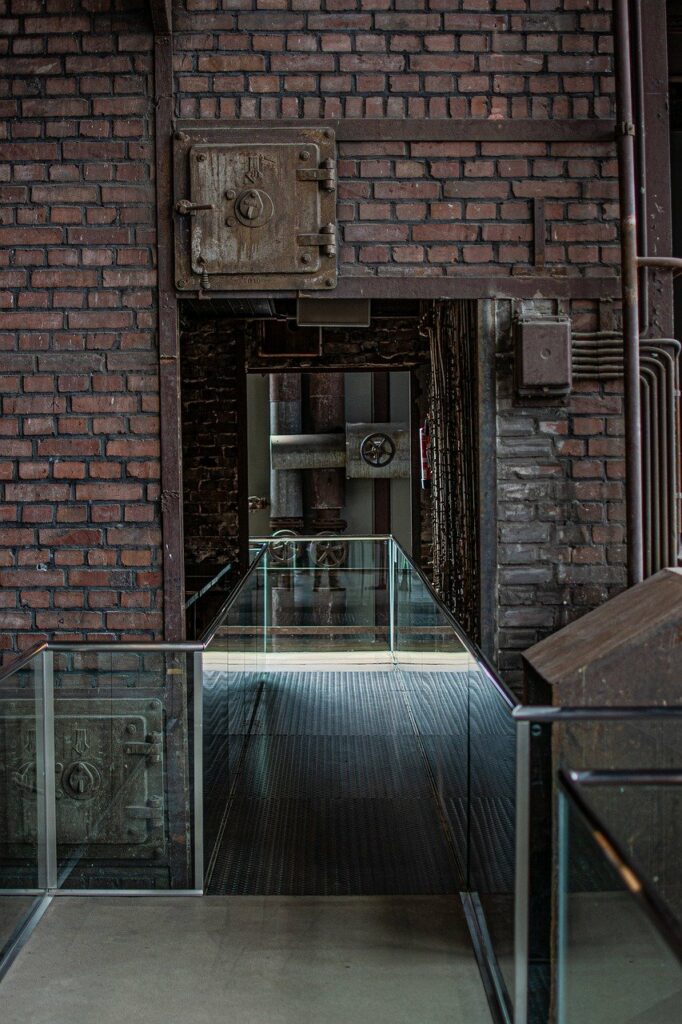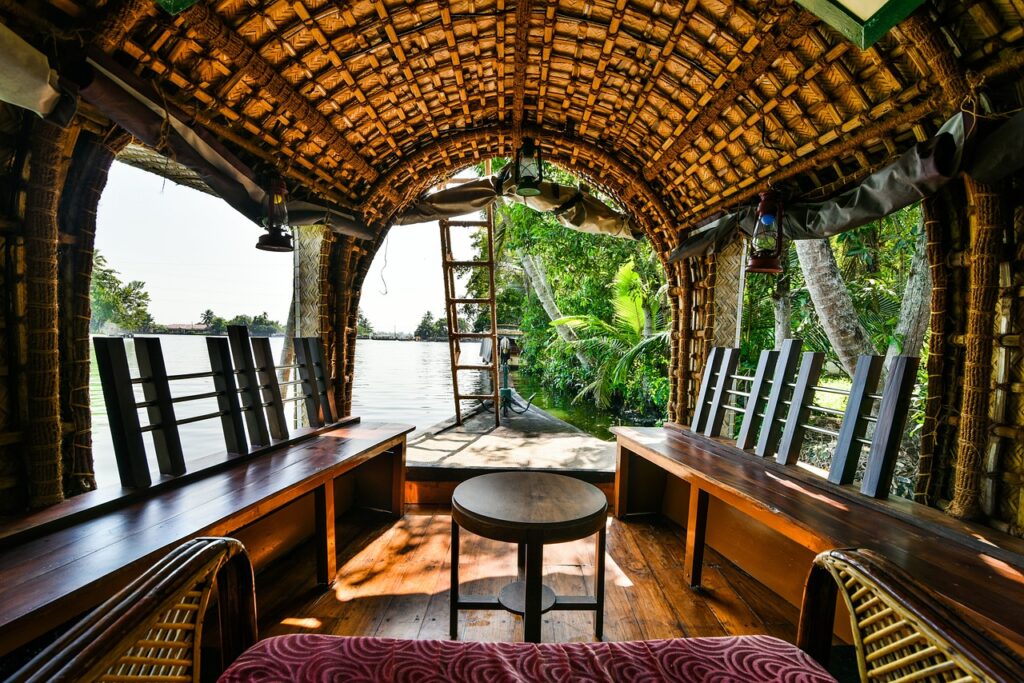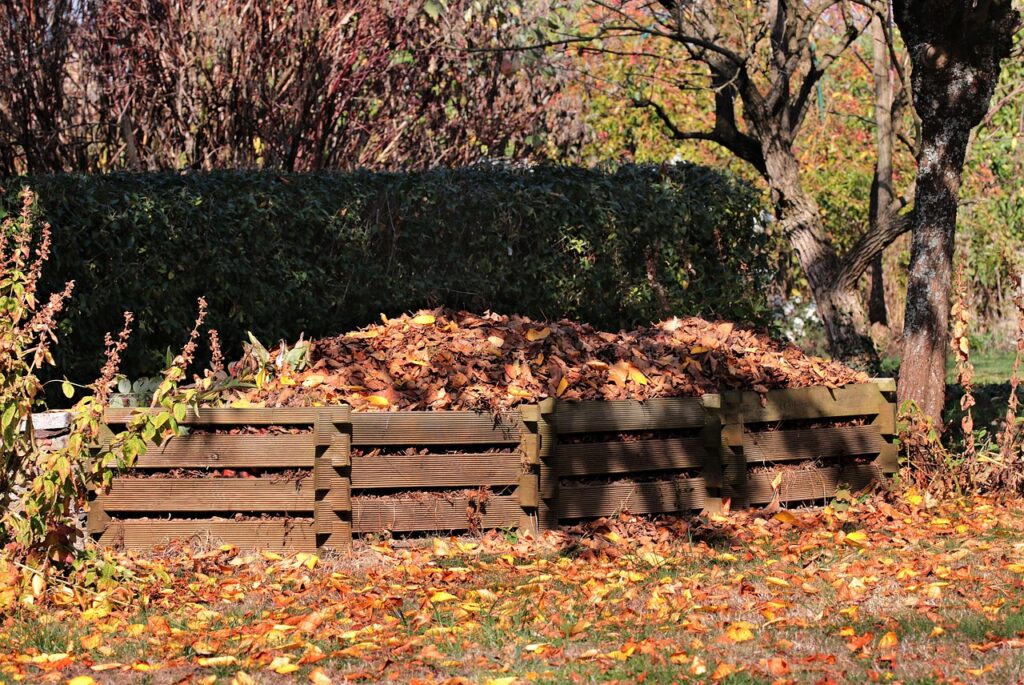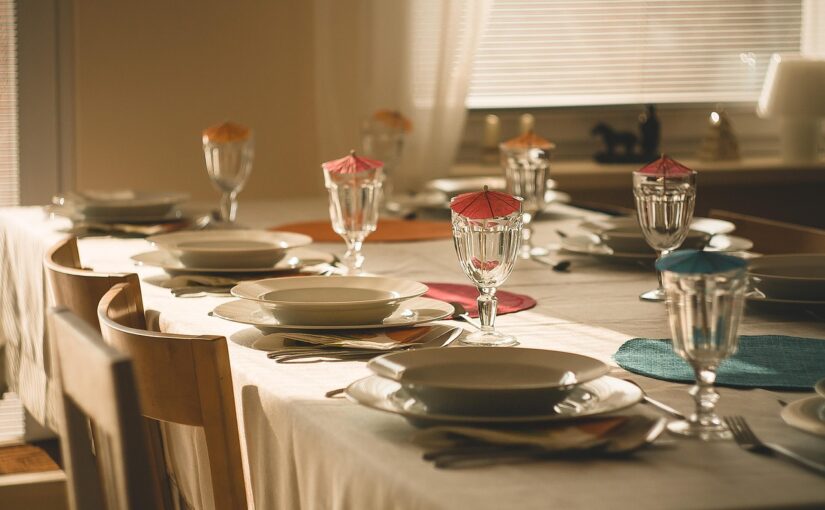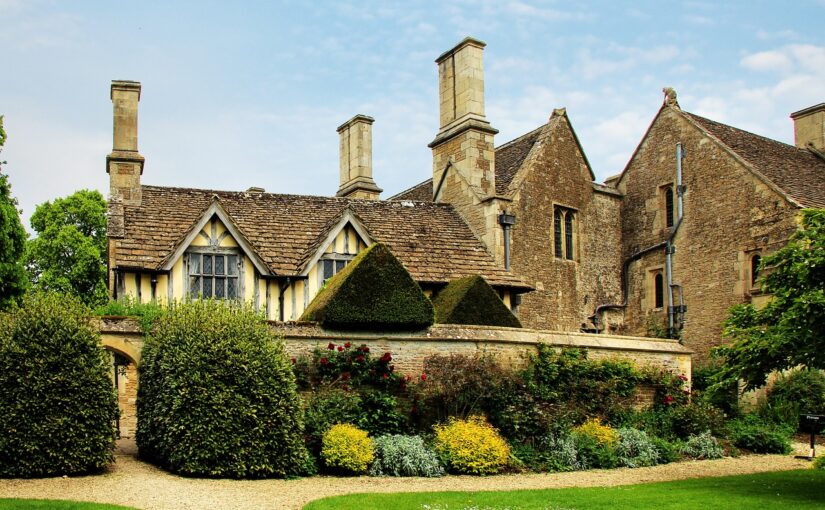Hey There, Let’s Talk Prepper Homes!
Remember when everyone was hunting for yeast to make bread during the pandemic? That’s when we noticed a bunch of folks getting into this survivalism or prepper lifestyle. If you’re scratching your head wondering, “What’s a prepper?” – they’re the people who get ready for any big emergency, like a massive snowstorm that shuts everything down or something even bigger.
Preppers love to be ready for anything. They stock up on food and water, learn how to fix things themselves, and some even build cool hideouts like underground shelters. It’s all about being able to take care of themselves, no matter what.

Why Prepper Homes are Hot Property Now
So, why is everyone suddenly interested in prepper homes? Well, when COVID-19 turned the world upside down, lots of people started thinking, “Hey, maybe those preppers are onto something.” Folks began looking for homes in the countryside where they could have their own vegetable garden and not worry about bumping into too many people.
And guess what? Working from home became super popular. People realized they could live pretty much anywhere with a good internet connection. So why not move to a place with more space and fresh air?
Why You Might Love a Prepper Home
Think about it. Growing your own tomatoes? Super cool (and they taste way better than store-bought). Need more reasons? How about:
- More Room to Breathe: Living in a big city can feel like you’re packed in a can of sardines. Moving to a place with fewer people means you’ve got more space to yourself. You can go for a walk without bumping into a gazillion people.
- Work from Your Garden: Imagine sending emails while chilling in your backyard. Sounds pretty nice, right?
- Be a DIY Hero: In a prepper home, you’ll learn all sorts of handy skills, like fixing a leaky faucet or growing the best strawberries in town.

So, if you’re thinking about getting away from the hustle and bustle of city life and trying something new, why not check out some prepper real estate? It’s not just about being ready for the end of the world – it’s about having a cozy, cool place where you can do your own thing. And who knows, you might just love it!







